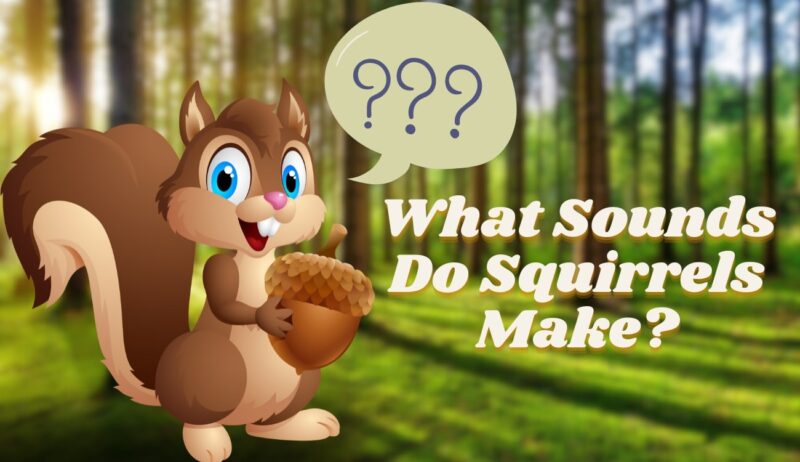Squirrels, those agile and energetic creatures that populate our gardens, parks, and forests, have a surprisingly complex language. Their vocalizations, often overlooked or misunderstood, play a crucial role in their survival and social interactions. The sounds they make are as diverse as the species themselves.
Have you ever noticed the differences? They range from the familiar chattering and barking to the less-known chirping, whistling, and even purring. Each sound serves a specific purpose, whether it’s to warn others of danger, express distress, or attract a mate.
We’ll delve into the meanings behind each vocalization, the contexts in which they’re used, and the behaviors they signify. Prepare to be amazed by the intricate language of these small but mighty creatures.
As we decode the myriad noises from barks to whistles that squirrels produce, it’s also intriguing to delve into other peculiar aspects of their behavior, like their distinct and often overlooked ‘droppings’.
Key Takeaways
- Chattering: Often the first sound associated with squirrels, used for expressing agitation, warning of threats, and sometimes as a form of deception.
- Barking: A loud alarm call indicating the presence of potential threats, with variations in intensity and frequency providing clues about the threat level.
- Chirping: Associated with positive emotions and social interactions, including play and courtship.
- Whistling: High-pitched calls used for both alarming others of dangers and in courtship.
- Scratching and Rustling: Indicative of nest building and foraging activities, offering insights into their daily behaviors.
- Purring: Reflects relaxation and contentment, often heard during grooming, resting, or courtship.
- Squeaking: Signals distress or is used in social interactions, especially among baby squirrels and their mothers.
- Growling: Indicates aggression or territorial defense, with variations hinting at the animal’s size and strength.
- Mating Calls: A combination of sounds used to attract mates and signal breeding readiness, with potential for deceptive use.
- Screeching: A potent alarm call, used in high-threat situations or to express fear.
Chattering
When we think of squirrel sounds, chattering is often the first that comes to mind. This rapid, repetitive noise, also known as “kuk-kuk-kuk,” is a common vocalization among many species. It’s a versatile noise, used in various contexts, from expressing agitation to warning others of potential threats.
Chattering can vary in intensity and rhythm, reflecting their emotional state. For instance, a rapid, high-pitched chatter often indicates high levels of distress or agitation, while a slower, more rhythmic chatter may serve as a general alert to others in the area.
This cunning behavior showcases the strategic use of vocalization in their society, further highlighting their intelligence and adaptability. Barking is very common and it serves as a potent alarm call. When a squirrel barks, it’s usually because they’ve spotted a potential threat, such as a predator or an intruding squirrel. The loud, harsh noise serves to alert others in the area, helping to ensure their collective safety. This nuanced communication system allows the animals to effectively convey information about their environment, contributing to their survival. Interestingly, they can also adjust their barks based on the type of predator. For instance, they may use different barks for aerial predators like hawks compared to ground-based threats like cats or dogs. This ability to tailor their alarm calls demonstrates the remarkable sophistication of communication. Chirping is a less-known but equally important part of their soundscape. These melodic, rhythmic vocalizations are often associated with positive emotions, such as contentment or excitement. They’re a testament to the range of emotions these animals can express through sound. They also use chirps to communicate with potential mates, adding a romantic dimension to this delightful sound. They can also use chirping to confuse predators. By emitting a series of rapid chirps, they can create the illusion of a larger group, potentially deterring predators. These high-pitched, melodious calls are used in various contexts, from expressing alarm to attracting mates. They add a layer of complexity to the rich tapestry of their sounds. Squirrels often use whistles as alarm calls, alerting others to potential threats. The high pitch and distinctive tone of the whistle make it easily distinguishable from other sounds, ensuring it grabs the attention of other species. This effective communication system plays a crucial role in the survival of their communities. In a more peaceful context, they also use whistles during courtship. By emitting a series of soft, melodious whistles, a male squirrel can attract the attention of a potential mate. Scratching and rustling are common vocalizations in the squirrel world, associated with their daily activities of nest building and foraging. These sounds, while not vocalizations, are an integral part of their soundscape, providing insight into their behavior and lifestyle. When constructing their nests, these animals often produce scratching noise as they gather materials and shape their homes. These can vary based on the materials used, from the soft rustling of leaves to the sharper scratching of twigs and bark. By listening to these noises, we can gain a glimpse into the industrious nature of these creatures. Similarly, the rustling sounds made during foraging provide clues about their diet and feeding habits. From the soft rustle of a squirrel digging for nuts to the crunch of it munching on a tasty treat, these sounds paint a vivid picture of their daily lives. Purring is a less-known but fascinating aspect of their communication. These soft, rhythmic sounds are often associated with relaxation and contentment, providing a glimpse into the emotional world of these creatures. They often emit purrs when they’re comfortable and content, such as during grooming or resting. These serve to express their emotional state, contributing to the overall communication system of their communities. They also provide a soothing backdrop to the more intense sounds of chattering and barking, showcasing the range of vocalizations these animals can produce. Purring is also used during courtship, with male squirrels often purring to attract females. Squeaking is often associated with distress or social interactions. These high-pitched, sharp noises serve a variety of purposes, from expressing fear to communicating with peers. They often emit squeaks when they’re in distress, such as when they’re injured or trapped. These soft, high-pitched sounds serve as a form of bonding, reinforcing the strong connection between mother and offspring. This showcases the emotional depth of these remarkable creatures. These low, guttural sounds are often associated with aggression or territoriality, providing insight into the more assertive side of squirrel behavior. They often emit growls when they’re defending their territory or expressing aggression. These vocalizations serve as a warning to others, signaling their readiness to fight if necessary. They also use growls during disputes over food or mates, adding a competitive edge to this powerful sound. The intensity and pitch of the growl can provide clues about the animal’s size and strength. Mating calls are used to attract mates and signal readiness for breeding. You can hear them during mating season are often a combination of chatters, whistles, and purrs, as we’ve mentioned earlier. They can vary based on the species and individual, reflecting the diversity of the squirrel world. By emitting false mating calls, they can trick others into thinking a potential mate is nearby, distracting them from their courtship efforts. This cunning use of sound showcases their strategic thinking and adaptability. These shrill, piercing sounds serve as a potent alarm call, alerting others to immediate danger, for example when they’re being pursued by a predator. They serve as a last-ditch effort to alert others, potentially deterring the predator or attracting help. They also use screeches to express fear or agitation, adding an emotional dimension to this powerful sound. Furthermore, the intensity and pitch of the screech can provide clues about the level of threat. This nuanced use of vocalization allows squirrels to effectively convey information about their environment, contributing to their survival. As we’ve seen, the world of squirrel vocalizations is far more complex and diverse than most of us realize. From the familiar chattering and barking to the less-known chirping, whistling, and purring, each sound serves a specific purpose, contributing to the survival and social cohesion of their communities. It is our job to learn to coexist more harmoniously with them, respecting their communication signals and adapting our behavior accordingly. So next time you hear a squirrel chattering, barking, or chirping, take a moment to appreciate what is happening before your eyes. You’ll be amazed by the complexity and sophistication of these small but mighty creatures.Barking
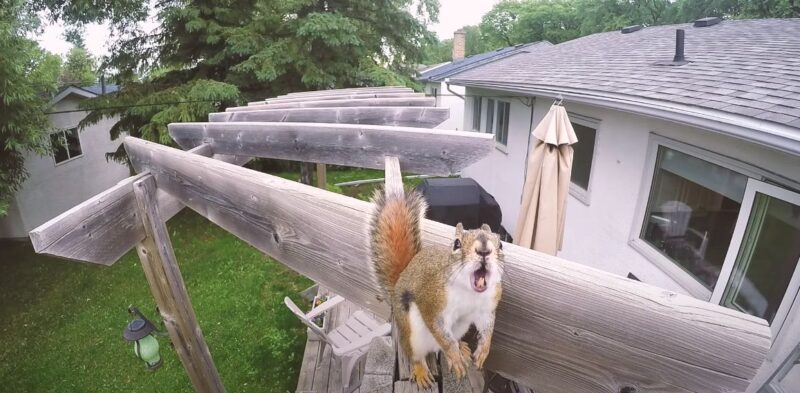
Chirping
Whistling
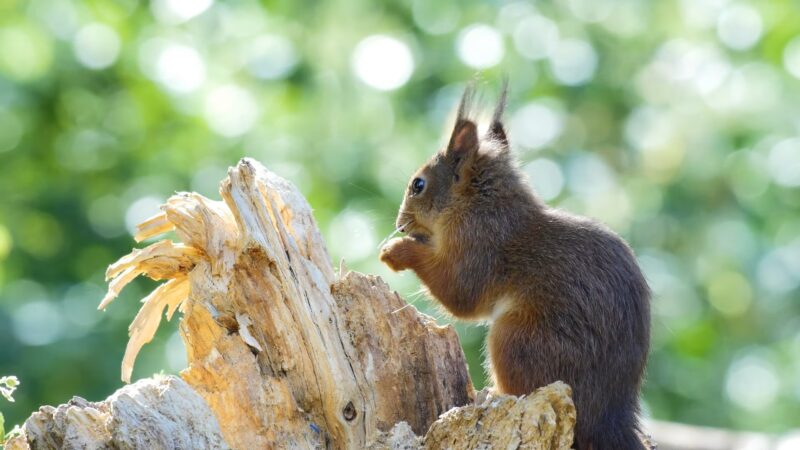
Scratching and Rustling: The Noises of Nest Building and Foraging
Purring
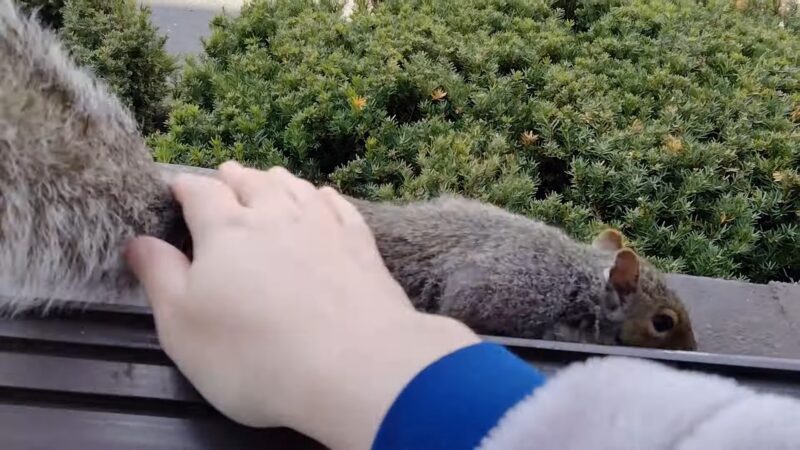
Squeaking
Growling
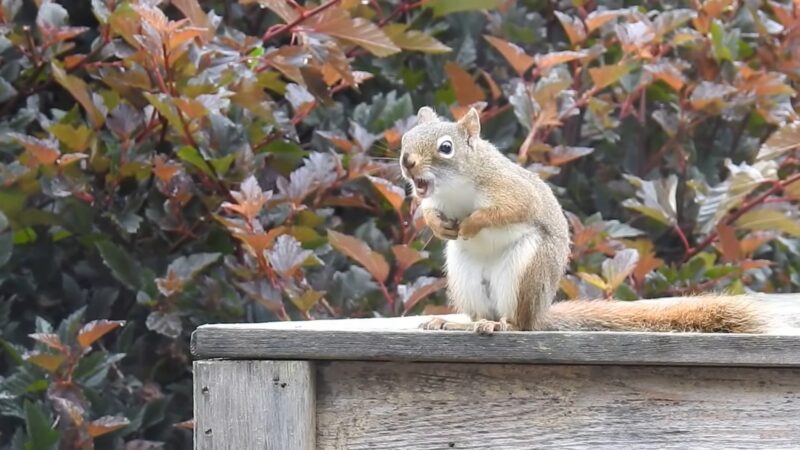
Mating Calls
Screeching
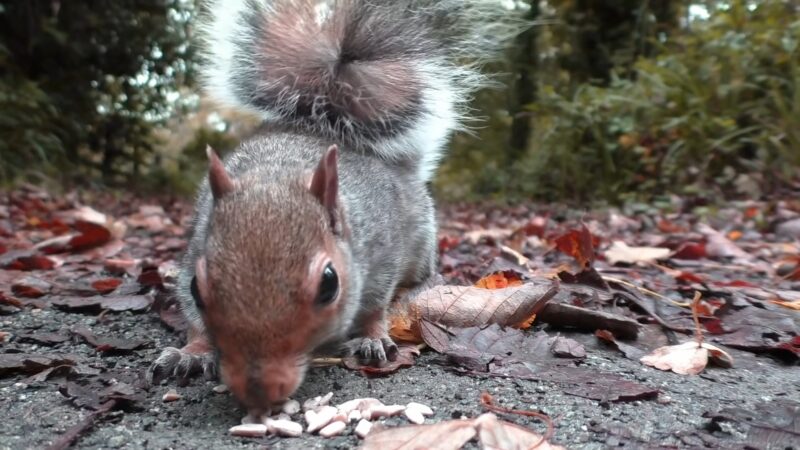
FAQs:
Conclusion
Related Posts:


